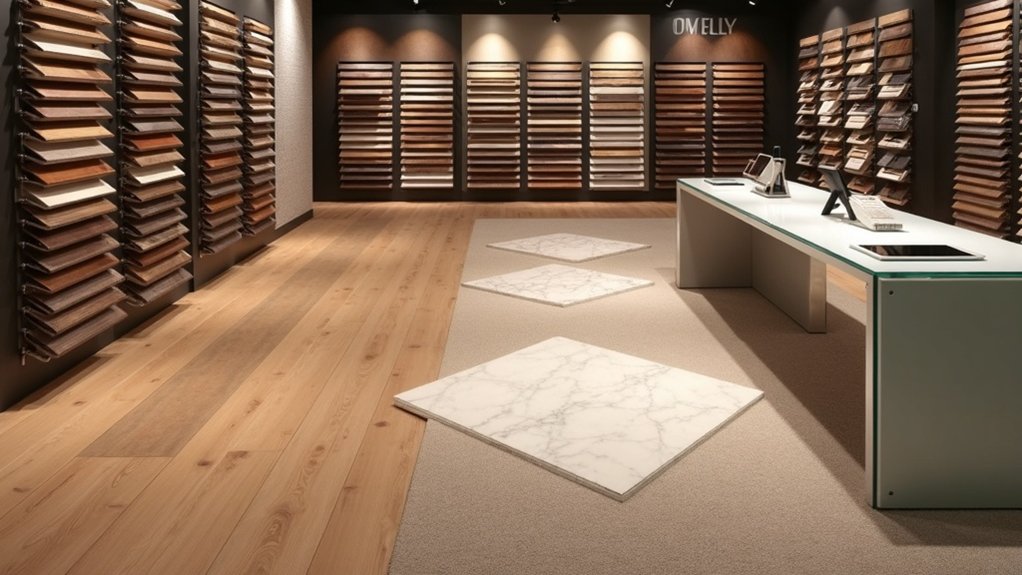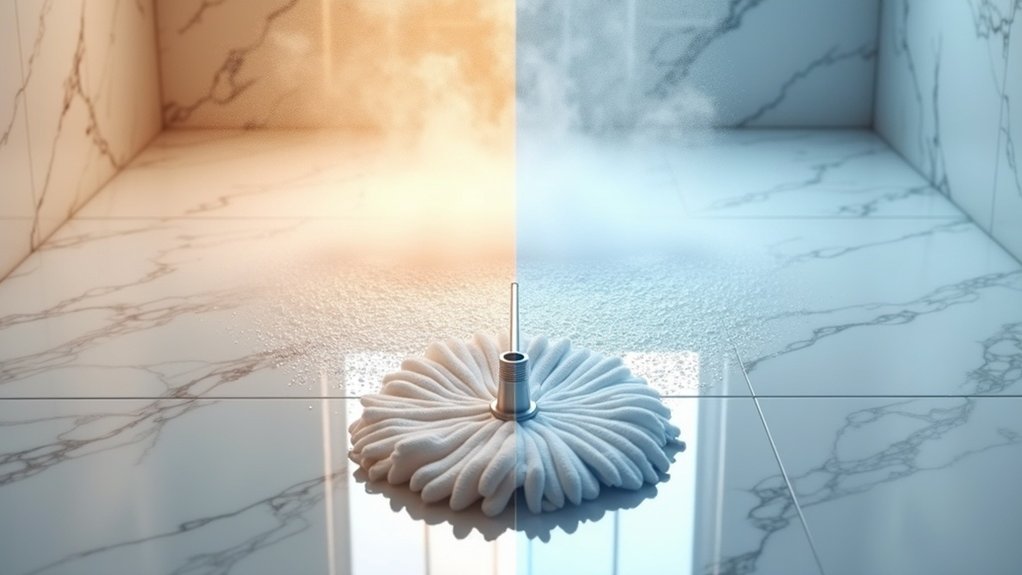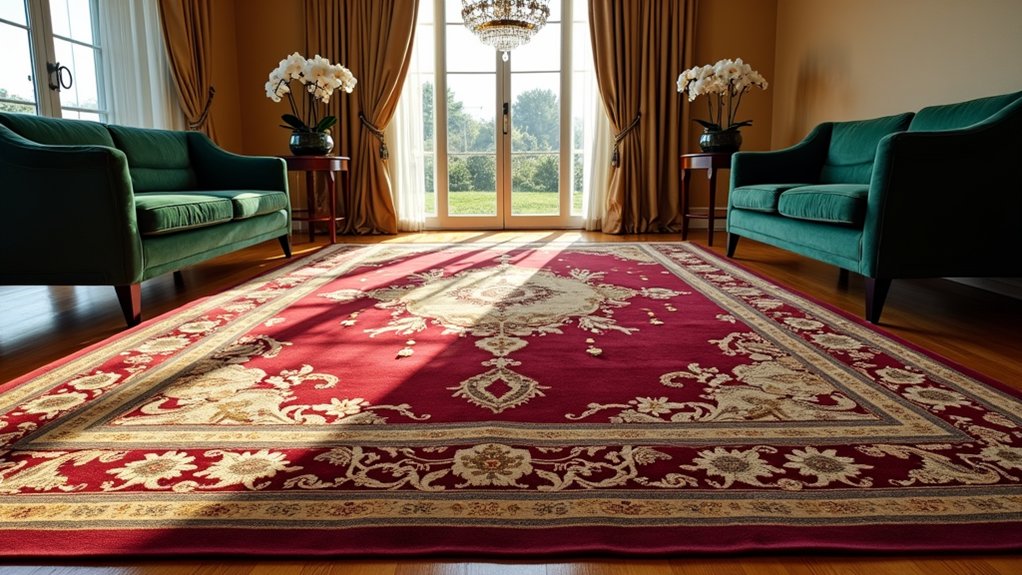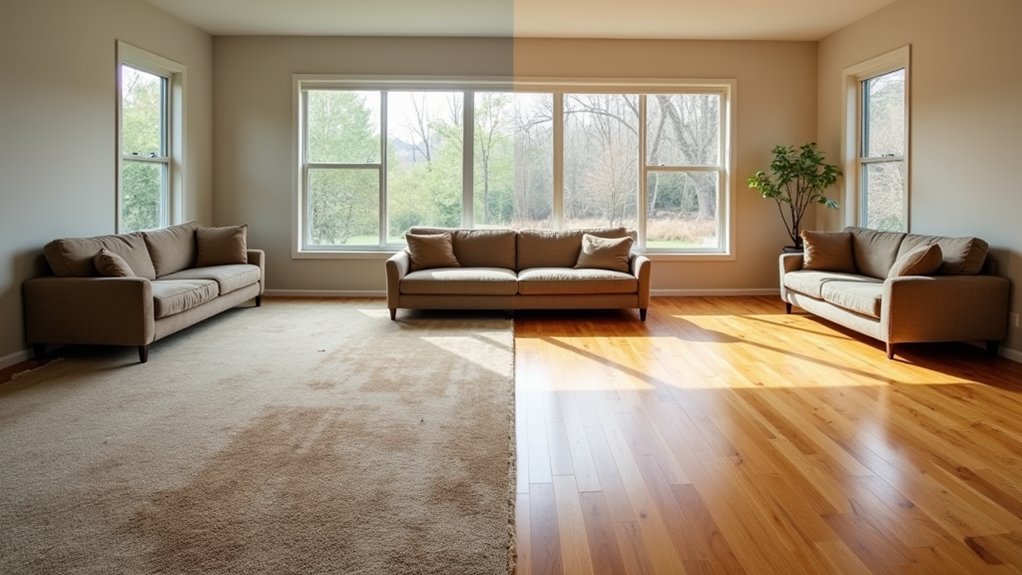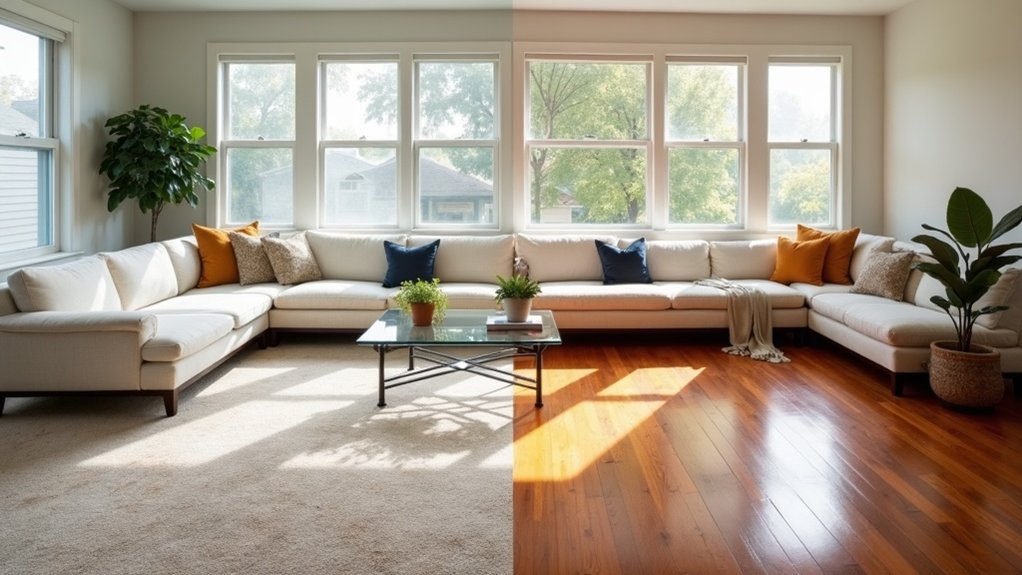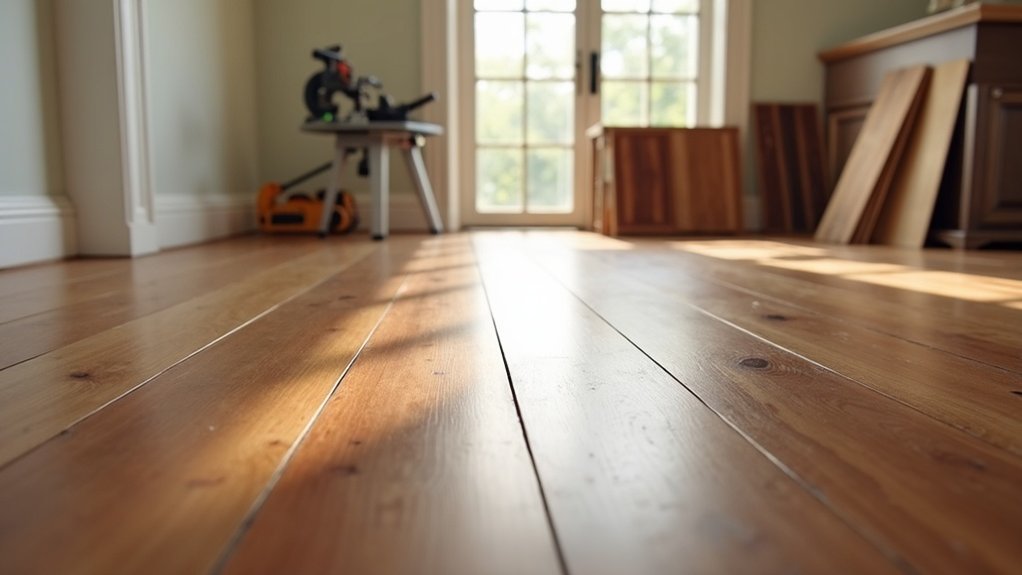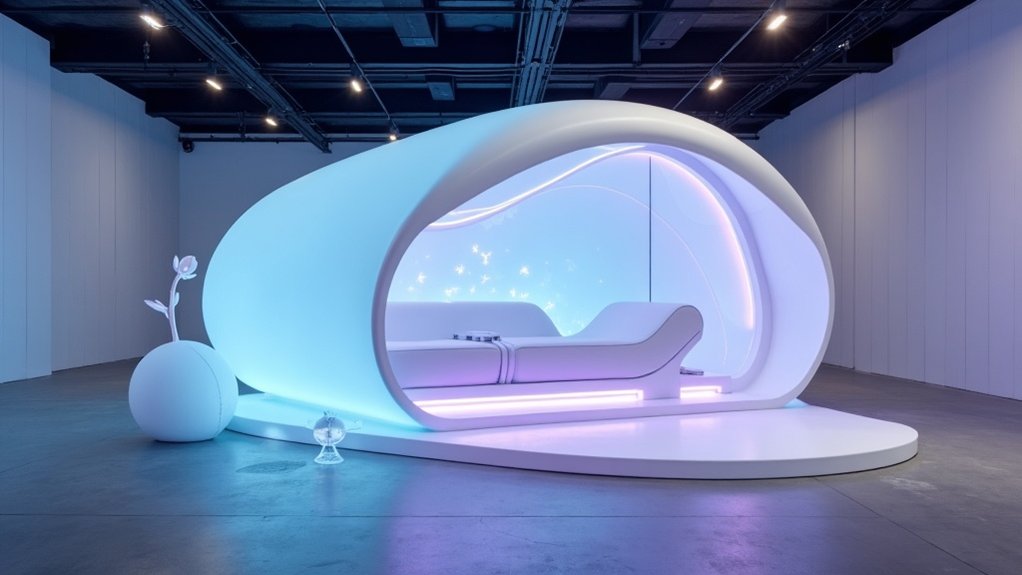As sustainability mandates reshape consumer expectations and digital technologies redefine the shopping experience, the flooring retail industry stands at the precipice of its most dramatic transformation in decades. Market projections reveal a sector poised for unprecedented growth, with the waterproof flooring segment alone expected to expand by 9.4% through 2025, driven by renovation demands and new construction projects that prioritize both functionality and brand identity.
The emergence of eco-conscious materials represents a crucial shift in product development and consumer preferences. Cork, bamboo, and recycled composites now dominate specification sheets, while certifications like FloorScore and GREENGUARD have evolved from nice-to-have credentials to vital requirements. Major suppliers are responding by embedding circular production processes into their operations, recognizing that sustainability has transcended trend status to become a core business imperative. Industry leaders like Armstrong Flooring and Mohawk are expanding their renewable material portfolios to meet the 7% annual growth projected for the global sustainable flooring market. This aligns with current interior design trends emphasizing wellness-focused aesthetics and sustainable living.
Sustainability has transcended trend status to become a core business imperative for flooring suppliers.
These materials deliver the warm wood aesthetics that commercial designers increasingly demand while meeting stringent environmental standards. The integration of biophilic design principles has further accelerated this trend, with nature-inspired patterns and organic color palettes becoming essential elements in creating healthier, more productive work environments.
Design preferences for 2025 reflect a sophisticated evolution toward textured finishes and earthy palettes, with honey oak and rich walnut leading the charge in commercial applications. Hand-scraped and wire-brushed surfaces add dimensional character that raises flooring from mere commodity to experiential design element. This aesthetic shift coincides with technological innovations that promise to revolutionize both product functionality and retail delivery methods.
Smart flooring systems equipped with embedded sensors for heating, lighting, and safety control have moved beyond prototype phases, with pioneers like FloorSense and BeSense establishing market viability. Simultaneously, retailers are transforming traditional showrooms into immersive experience centers where AR visualization tools and AI-powered design platforms eliminate decision friction and compress sales cycles.
These “Disneyesque” environments represent the future of flooring retail, where digital integration improves rather than replaces physical interaction.
Channel consolidation accelerates this transformation, with industry analysts predicting that vertically integrated players will control over 85% of the market by 2027. Traditional distribution networks face a stark reality: adapt to hybrid digital-physical platforms or join the projected 40% of players expected to exit within five years.
This consolidation drives innovation in connected retail tech stacks that seamlessly integrate operations, marketing, and customer relationship management, positioning forward-thinking retailers to capture emerging opportunities in this rapidly evolving marketplace.
